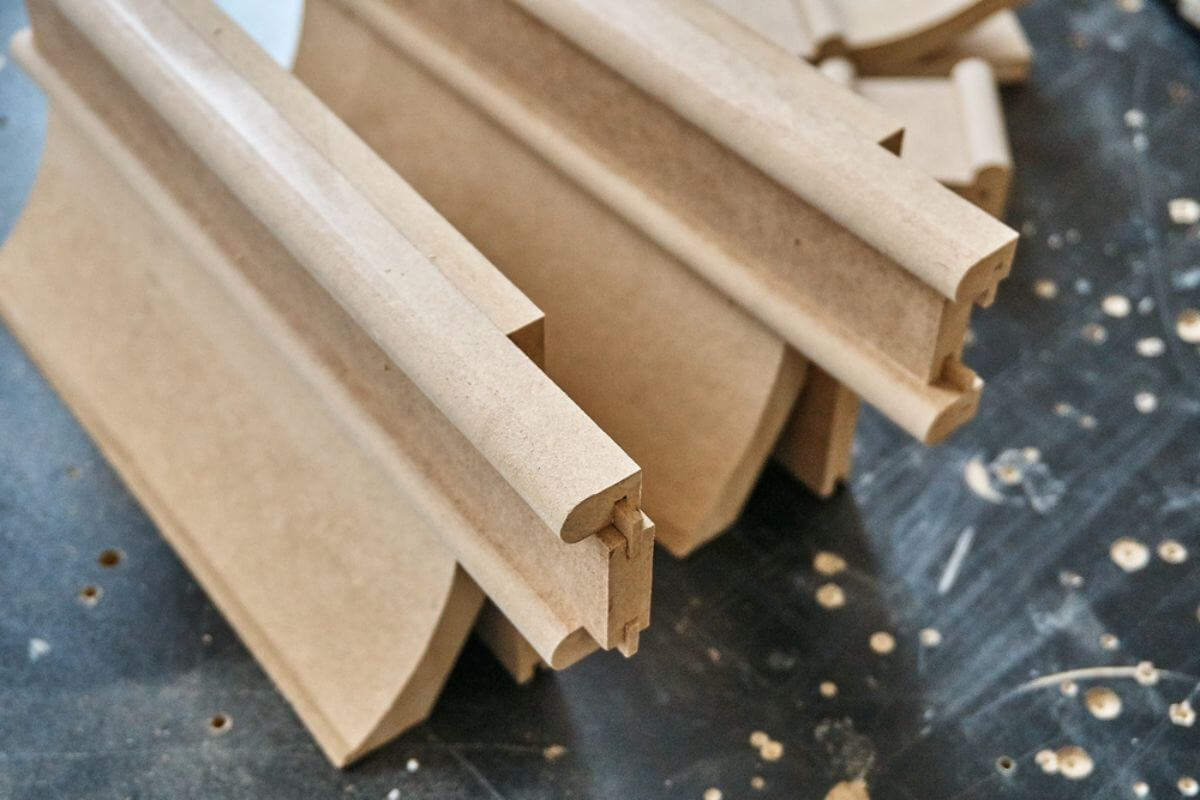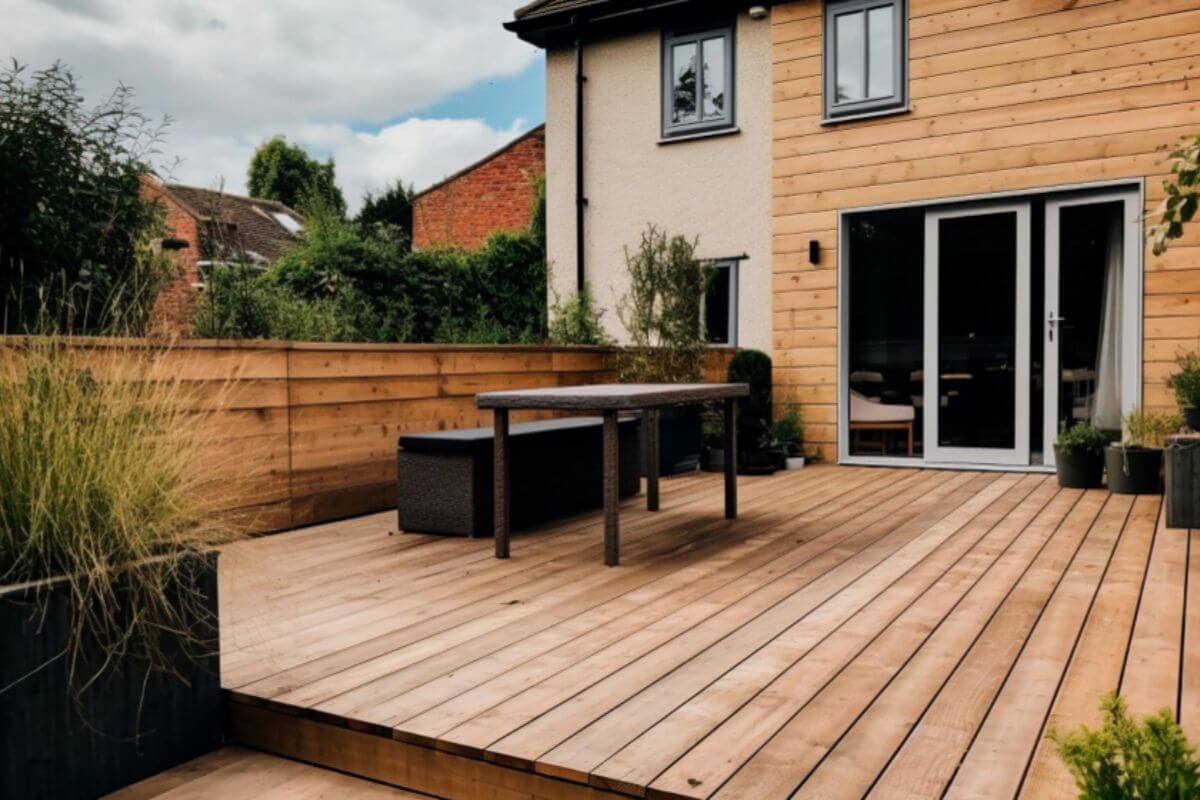GET A FREE CATALOG
Composite vs. Wood Trellis: Which Is Better in the Philippines?
Overview
- A trellis, also called a lattice, arbor, or garden screen, enhances outdoor spaces while supporting plants.
- Wood offers natural beauty and customization but requires high maintenance.
- Composite trellises resist termites, endure harsh climates, and need minimal upkeep.
- Choosing depends on budget, style, and durability, with GRM Biowood offering long-lasting, eco-friendly options.
A trellis, sometimes called a lattice, arbor, or garden screen, is more than a decorative garden feature. It supports climbing plants, enhances outdoor spaces, and can offer privacy and shade.
Choosing the right material determines its durability, maintenance needs, and overall look. Whether you prefer the classic appeal of wood or the modern benefits of wood-plastic composite, each option offers distinct advantages.
That’s why it’s important to know your options and carefully decide what’s best for your lifestyle and budget. In this article, we will explore composite vs. wood trellis to help you determine which works better for your home.
Pros of a Wood Trellis

If you’re thinking about adding a wood structure to your home or garden, it’s a classic option with many benefits. Here are the advantages that make wood a popular choice among Filipino homeowners.
Natural Beauty
One of the biggest advantages of a wood trellis is its authentic, natural look. You get the warmth, grain, and timeless appeal of real timber, which blends perfectly with gardens, patios, or tropical-inspired homes. If you want a design that feels organic and welcoming, wood gives your space that unmatched charm.
Customizable Design
With wood, you have the freedom to shape and style your structure exactly as you want. You can cut, stain, or paint it to match your home’s color scheme, or create unique patterns for a personalized touch. This flexibility allows you to design a piece that reflects your taste and enhances your outdoor space.
Cost-Effective
Wood lattices are often more affordable upfront than composite options, making them a practical choice for those on a budget. They offer an accessible way to enhance your garden or outdoor space with a functional and attractive feature without overspending.
Cons of a Wood Trellis
While wood trellises have their charm and natural beauty, they also come with some drawbacks that you should keep in mind before choosing them for your home. Here are the cons:
High Maintenance
With a wood arbor, you’ll need to invest time and effort to keep it in good condition. Regular painting, sealing, or staining is required to protect it from moisture, termites, and rot; without proper care, it can quickly lose its appearance and structural integrity.
Less Durable
Wood naturally weakens over time, especially in the Philippines, where the climate is humid and rainy. Even with proper care, your trellis may not last as long as alternatives like composite, making it a less durable option in the long run.
Prone to Damage
You’ll find that wood trellises can easily crack, warp, or even get infested with pests like termites. These issues not only affect the look of your trellis but can also lead to costly repairs or replacements sooner than expected.
Pros of a Composite Trellis
When selecting the right trellis for your home, it’s important to consider the benefits of each material. Here are the key advantages of choosing a composite structure.
Termite Proof
In the Philippines, termites are a constant headache for homeowners, but with a composite trellis from GRM Biowood, you won’t have to worry about these pests. Since Biowood is engineered with a mix of natural wood fibers and PVC, it’s indigestible to termites, giving you peace of mind and long-lasting durability.
Low Maintenance
Traditional wood trellises often need regular repainting, sealing, and repairs, which can eat up your time and budget. With a composite trellis, you only need minimal cleaning to keep it looking beautiful, making it perfect if you want a stylish feature without the hassle of constant upkeep.
Eco-Friendly
Not all materials are created with the environment in mind, but GRM Biowood’s composite trellis is a sustainable choice. Made with wood fibers and thermoplastics, it reduces the need for cutting down trees while still giving you the natural look of wood, so you get a product that’s both beautiful and environmentally responsible.
Cons of a Composite Trellis
Like any building material, composite trellises come with considerations you’ll want to weigh before making a choice. Here are the cons you should know about.
Higher Cost
Composite trellises often have a higher upfront cost compared to traditional wood. However, they are a long-term investment. GRM Biowood trellises require minimal maintenance, resist termites, and endure the Philippine climate, reducing the need for frequent repairs or replacements and ultimately saving you money over time.
Natural Look
Some people feel composites cannot fully match the charm of natural timber. However, GRM Biowood products have addressed this with designs that closely replicate the warmth, texture, and beauty of real wood, while providing the durability of a composite—offering the best of both worlds.
Susceptible to Scratches
Composite surfaces may show scratches from sharp objects or heavy use. However, composite trellises are designed with durable finishes that resist wear, and minor marks often blend with the grain-like texture, helping the trellis maintain an elegant appearance over time.
Factors to Consider When Choosing

When choosing between wood and composite, it’s important to consider both practical and aesthetic factors that will impact long-term satisfaction. Here are the key points to keep in mind:
- Budget
Your budget sets the tone for your decision, since wood often comes with a lower upfront cost while composite may require more investment but offer long-term savings.
- Maintenance
Consider how much upkeep you’re willing to do; wood needs regular care, while composites stay low-maintenance and convenient.
- Aesthetic Preference
Your style matters; choose wood for a rustic look, or composites for the beauty of wood with added durability.
- Durability
Consider how your trellis will handle the Philippine heat, rain, and humidity. Wood may wear faster, while composites stay strong and reliable for years.
Key Takeaway
When it comes to composite vs. wood trellis, both options have their own strengths depending on your priorities. The right choice will always depend on your budget, aesthetic preference, and how much effort you’re willing to invest in upkeep.
If you’re ready to upgrade your outdoor space with a trellis that’s built to last, explore our range of Biowood products designed for Filipino homes. Contact us today to start building the perfect balance of style, function, and durability in your garden or backyard.


